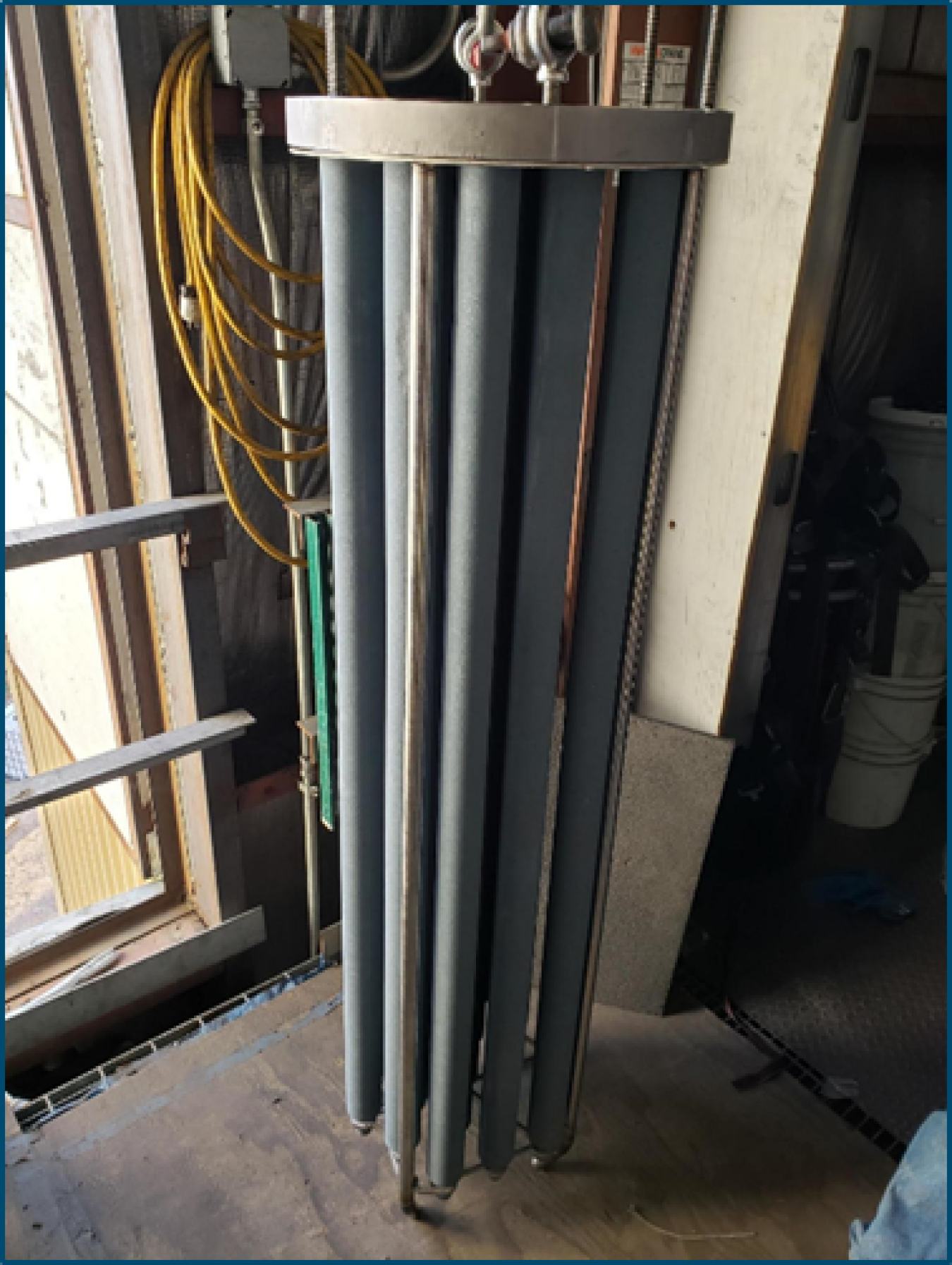EM is continuing to make progress on its 2020 priorities
Office of Environmental Management
August 25, 2020EM is continuing to make progress on its 2020 priorities. Each month through the end of the year, EM Update will highlight accomplishments in each of the priority groups. This month underlines progress on significant construction project milestones.

Despite reduced operations and continuing challenges caused by the COVID-19 pandemic, the Hanford Site continues to make strides in completing construction necessary to move forward with the Direct-Feed Low-Activity Waste (DFLAW) initiative and turn DFLAW facilities over to commissioning. Training is well underway for the commissioning technicians who will play a vital role as Hanford gets closer to tank waste treatment via the DFLAW approach. The Tank-Side Cesium Removal (TSCR) system recently passed important factory acceptance testing and will soon be placed on newly poured concrete pads adjacent to Hanford’s AP Tank Farm for additional testing. TSCR will send pretreated waste directly from the tank farms to the Low-Activity Waste Facility for vitrification. Construction is also underway on the Integrated Disposal Facility.
Workers recently finished startup testing at the Analytical Laboratory, marking the first nuclear facility in the Waste Treatment and Immobilization Plant complex to reach that point prior to moving into the commissioning phase for operations.


The Salt Waste Processing Facility (SWPF) at the Savannah River Site (SRS) received Critical Decision-4 (CD-4) and Authorization to Operate approvals on Aug. 17, authorizing “hot” or radioactive operations to begin at the landmark facility. CD-4 signals project completion and the transition from project phase to operations.
The SWPF is the last major piece of the liquid waste system at SRS and will process the majority of the site’s salt waste inventory by separating highly radioactive waste — mostly cesium, strontium, actinides, and waste slurry — from the less radioactive salt solution. After the initial separation process is completed, the concentrated high-activity waste will be sent to the nearby Defense Waste Processing Facility. The decontaminated salt solution will be mixed with cement-like grout at the nearby Saltstone Facility for disposal on site. Removing salt waste, which fills over 90 percent of tank space in the SRS tank farms, is a major step toward emptying and closing the site’s remaining 43 high-level waste tanks.
The approval comes five months ahead of the current baseline CD-4 completion date of January 31, 2021. The SWPF remains on track to start normal operations later this year following completion of hot commissioning. By 2030, it is expected that nearly all of the salt waste inventory at SRS will be processed.

The DOE Idaho Operations Office and its EM contractor Fluor Idaho continue to make progress on modifications to the Integrated Waste Treatment Unit (IWTU).
Long-term testing has concluded on ceramic filters that will be used on the IWTU, which will treat up to 900,000 gallons of radioactive liquid waste from legacy spent nuclear fuel reprocessing activities. The ceramic filters demonstrated exceptional performance during extended simulant runs at a pilot plant operated by Hazen Research in Golden, Colorado. Work continues at the IWTU on both wet and dry decontamination systems and robotic technology that will be needed once the facility begins actual liquid waste treatment.



The Waste Isolation Pilot Plant (WIPP) began work on its $75 million, 2,275-foot-deep utility shaft April 27, and crews have made rapid progress with excavation down to 50 feet. Working 24 hours a day, five days a week through challenges caused by the global pandemic, workers will soon begin blasting to remove debris.
Electrical switch gear has been installed to supply power to a large headframe over the shaft that will use a pair of winches to extract buckets of debris. When the shaft reaches 100 feet deep, a five-deck steel cylindrical work platform will be attached to the winches and lowered into the shaft.
The utility shaft, part of the Safety Significant Confinement Ventilation System, will provide increased air to the WIPP underground, eventually tying into the existing mine through new passageways known as drifts.

